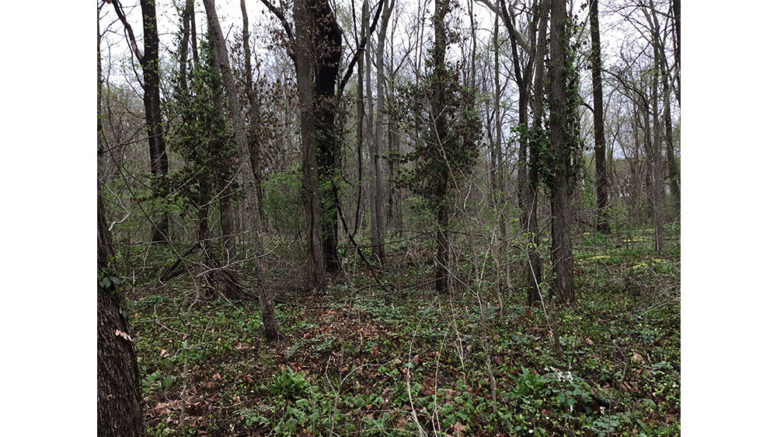Invasive plant species impact Indiana in various ways, including loss of biodiversity, degradation of natural habitats, decreased property values, declining agricultural yields, negative impacts on public utilities, recreation and tourism. Indiana landowners and managers spend more than $8.6 million annually managing invasive species in Indiana.
Beginning April 18, the Indiana Terrestrial Plant Rule (312 IAC 18-3-25) will make it illegal to sell, gift, barter, exchange, distribute, transport or introduce in Indiana any of 44 invasive pest plant species without a permit. The rule was signed by Governor Holcomb and published March 18, 2019, but enforcement was delayed for one year in order to give Indiana’s plant nursery industry time to rid its stock of invasive plants. Over the past year, state officials have been educating 350 growers, 3,500 nursery dealers and the public about these soon to be illegal plants.
As the regulatory agency, the Indiana Department of Natural Resources (IDNR) Division of Entomology and Plant Pathology (DEEP) has authority to issue a $500 fine per violating incident per day once it becomes enforceable. While it will be illegal to transport or gift these 44 plants among private property owners, it will not be illegal to have these species on your property. However, you are encouraged to work to remove these species from your property.
Only 22 of the 44 listed plants are commonly sold in the nursery trade. Examples of these include Amur honeysuckle, Asian bittersweet, blunt-leaved privet, autumn olive, common buckthorn, Japanese barberry, Japanese honeysuckle, and wintercreeper.
All the species in the rule were assessed and ranked as highly invasive through a scientific and transparent system by the Invasive Plant Advisory Committee (IPAC). IPAC is a team of experts comprised of representatives from horticulture, landscape, nursery, research, conservation, Purdue Agriculture and other universities.
Callery pear and Norway maple trees are two species that were ranked high on the official list but were not included in the final rule because the state determined that their inclusion would cause too great of a monetary impact to growers of these species. These trees and other highly invasive species such as winged burning bush could be added to the rule through an amendment process in the coming years.
In the meantime, the Hamilton County Soil and Water Conservation District (SWCD) and Hamilton County Invasives Partnership (HIP) encourage you to avoid purchasing or planting these species.
More information about the Terrestrial Plant Rule including the full list of prohibited species, links to the individual invasive plant assessments, and information about identifying and managing invasive species on your property can be found at hcinvasives.org.
For additional information on invasive species in and around Hamilton County, contact the Hamilton County Soil and Water Conservation District at (317) 773-2181 or visit hamltonswcd.org.

